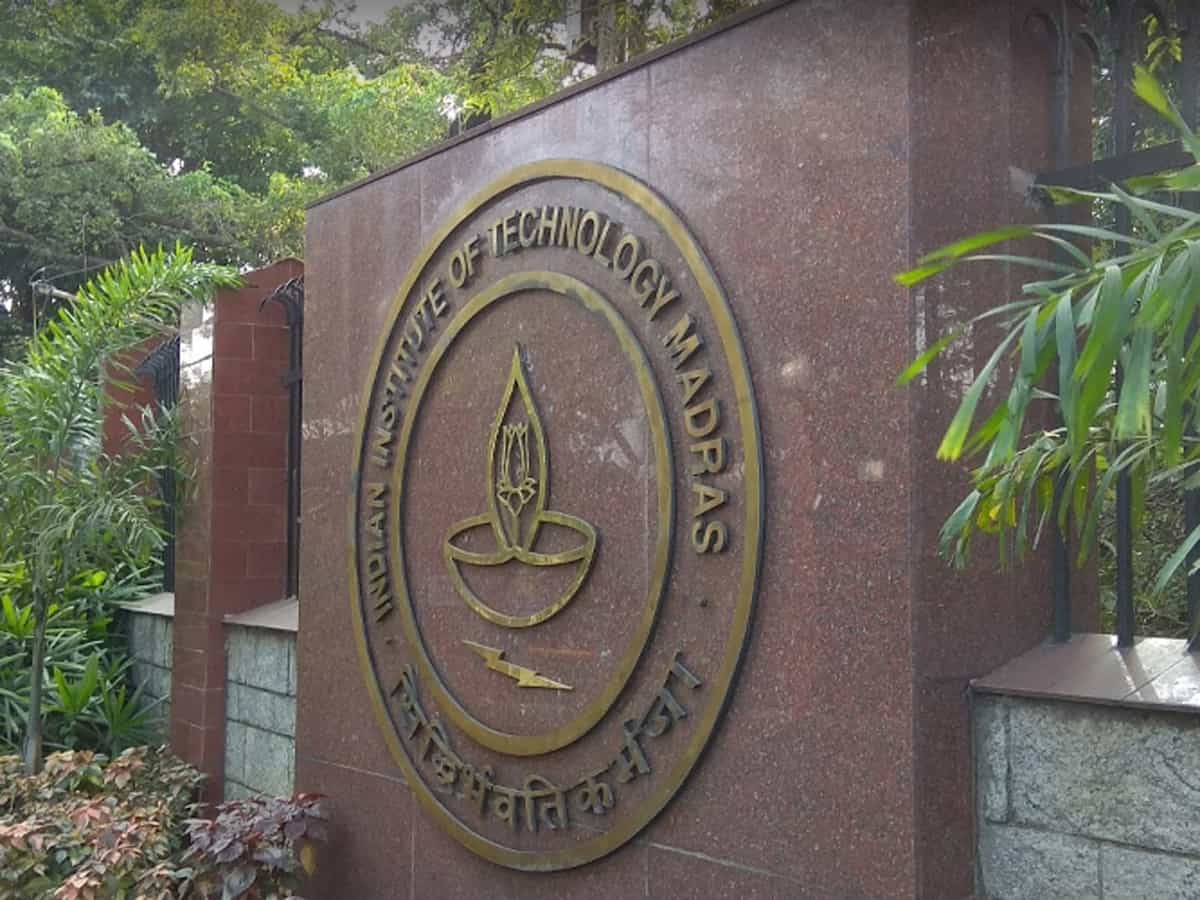
Chennai: Researchers at the Indian Institute of Technology (IIT) Madras have developed a low-cost Internet of Things (IoT)-based mobile air pollution monitoring framework that can be mounted on buses, cars, and two-wheelers to gather spatiotemporal air quality data.
Named Project Kaatru (air in Tamil), it leverages IoT, big data, and data science to provide pan-India hyperlocal air quality map; the exposure assessment for each Indian citizen; and data driven solutions for policy, intervention and mitigation strategies.
“Our affordable IoT based mobile monitoring network, coupled with data science principles offers unprecedented advantage in gathering hyperlocal insights into air quality,” said Prof. Raghunathan Rengaswamy, Faculty, Department of Chemical Engineering, IIT Madras, in a statement.
“It is the only viable option at present, capable of offering high spatiotemporal awareness that could allow for informed mitigation and policy decisions,” he added.
Traditionally, ambient air quality is measured in monitoring stations and reported as ‘Air Quality Index’ (AQI).
Since these stations are at fixed locations, they only measure the air quality of a small geographic area.
Air pollution, however, is dynamic with locations just a few hundred metres away from each other exhibiting different levels of pollution.
Levels can also vary at different times of the day. However, setting up more stations is not practical because of the high costs.
In contrast, the new IoT-based mobile air pollution monitoring technology can map an entire city at high resolution for the cost of a single reference monitoring station.
Rengaswamy said the mobile air quality sensors have extensive usage in both personal and public health initiatives.
“Personal monitoring devices can help people know the extent of pollution in their neighbourhood so that they can take protective measures. Traffic can be rerouted if local pollution levels are known.
“Government policy changes and smart city planning would benefit enormously from the use of mobile air quality trackers,” he explained.
The vehicle-mounted devices are also capable of measuring multiple parameters, ranging from particulate matter (PM)1, PM2.5, and PM10 and gases such as nitric oxide (NOx) and Sulphur oxide (SOx).
In addition to pollutants, the devices can assess road roughness, potholes and ultraviolet index among others.
As part of the work, the team also published two case studies in the peer-reviewed journal Building and Environment.
In the first, the method was able to capture even subtle variation in PM2.5 concentrations at various locations across time. The gradation in PM2.5 concentration between main roads and arterial roads was also captured through this assessment.
The second case study analysed PM2.5 levels around a specific high-intensity event — the festival of Diwali.
The assessment helped gauge the impact of the event on an area and associated it with the type of area (land use).
The insight confutes the popular opinion that the entire region experiences the same impact during such high intensity events.



